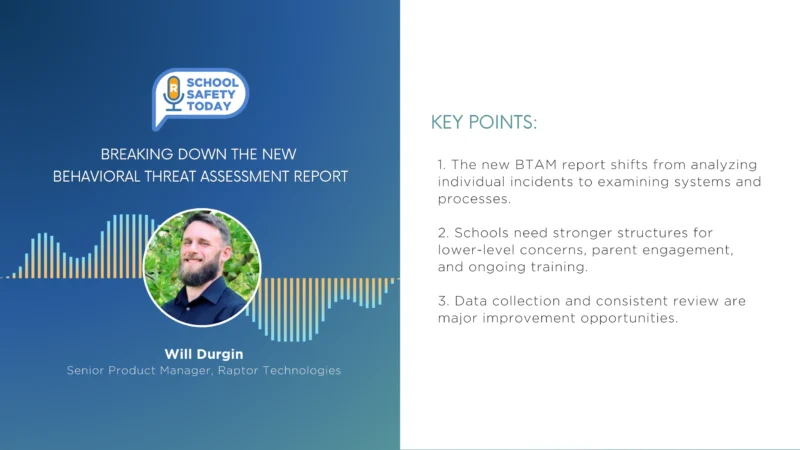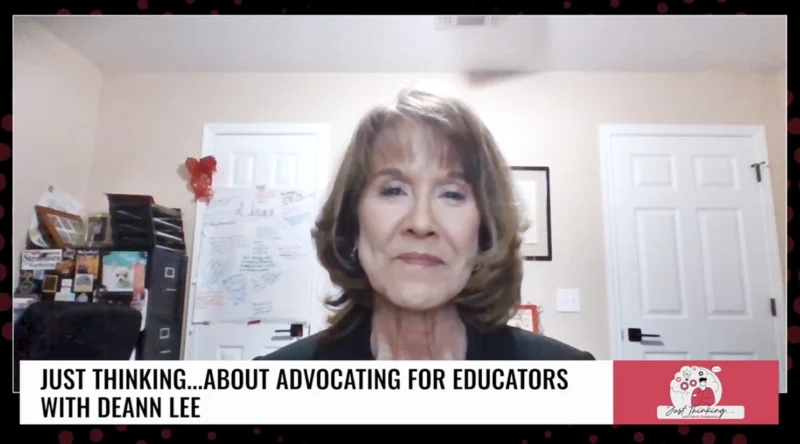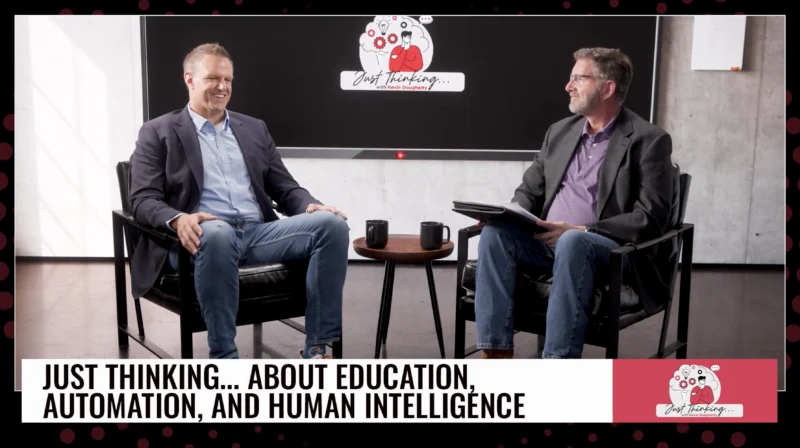Enhancing School Safety with Integrated Security Solutions
As the safety of educational institutions becomes an increasingly critical concern, the role of security cameras in schools takes center stage. This episode delves into the timely discussion of optimizing security camera placement to enhance school safety. With rising security threats in schools, including violence and unauthorized access, there’s a growing need to harness technology effectively to protect students and faculty.
In this bonus segment of “Secured” with correspondent Daniel Litwin, we explore the crucial role of security cameras in fortifying school safety. Joined by expert guests, we unravel the nuances of camera placement, surveillance capabilities, and the delicate balance between security and privacy in educational settings.
Main Points of Conversation:
- Understanding the Different Types of Security Cameras: Bullet cameras, dome cameras, and pan-tilt-zoom (PTZ) cameras each offer unique features and surveillance capabilities, influencing their strategic placement.
- Beyond Traditional Locations: While entrances, hallways, and common areas remain important, schools must consider unconventional locations like parking lots and sports fields for comprehensive coverage.
- Balancing Security and Privacy: Navigating privacy regulations is crucial, ensuring cameras are positioned in public areas while respecting private spaces, all in pursuit of a safety-focused culture.




